“This is life seen by life. It may not have meaning but it is the same lack of meaning that the pulsing vein has.” Água Viva, Clarice Lispector[1]
The Bureau of Melodramatic Research is the institutional parasite par excellence. Already its name, a hybrid of three components, reveals its adaptability to the most unfavorable conditions: the bureau (the rigid, bureaucratic component, which suggests power in its severe forms, as well as an openness to collaborate with other institutions in order to jam their normality or borrow their functionality), of melodramatic, research – determining each other in an exchange between a rational and an emotional methodology, bearing the influence of feminine subversion and a theatrical articulation which brings together the public and private space (melodrama) in an applied effort to understand reality (research).
The two exhibitions, Heartbeat Detection Systems at Suprainfinit Gallery and The Internal Fire at Goethe-Institut Bucharest are the Bureau’s first projects after Alina Popa’s passing in 2019. They are proof of the resilience of the parasite-institution that continues to survive after a break through the most improbable condition, the physical disappearance of one of its permanent members, while the activities begun by the artist duo many years before continue to unfold through the support of the friends and collaborators of the Bureau. This is in fact a further melodramatic quality of the Bureau, in addition to the exploration of affective politics and femininity as explicit subjects: a familial network of friends built around it that continues and confirms its life.
For some of us, Heartbeat Detection Systems is an exhibition about the different ages of women, and about the woman at the age of 40. It is the age that Alina would have been, and the age that Irina Gheorghe is now. Their friends who are part of the exhibition are all around the same age: a group photograph of Irina and eight other women who have crossed the Bureau’s “threshold”, as collaborators or confidants, dressed in a similar style – the skirt, the shirt, the high heels, all in pastel tones suggesting the artists’ painting education. From the women in this group portrait, some are active in the field of art, some were at some point and some never were, they all have different trajectories but what they have in common and what brings them together is their contact to the Bureau. They are also present in the exhibition space, walking around in the same outfit at the opening. After the opening, the portrait is echoed, in the gallery window, by mannequins wearing similar style costumes which had been worn by Irina Gheorghe and Alina Popa in the film Above the Weather (2015), and by the high heel shoes which were chosen so that all the girls have the same height. This aspect of height is a reference to Gross National Heel, a project developed by the Bureau in Chișinău in 2010, which activated its Department of Statistics, when they “parasited” the National Bureau of Statistics of Moldova and measured the height of the passers-by heels in various local institutions, continuing its “parasitic” approach and showing the gathered results in front of the institution.
Lovegold: A Cosmic Cooking Show (2014) is a cooking show in which only water and salt are cooked and in which cooking is attributed the ability to prepare and serve one’s own thoughts and feelings, expanding beyond a finite time towards a continuous alchemic process. Cooking continues in the exhibition at Suprainfinit Gallery through the work performed by Irina Gheorghe and Mădălina Dan (one of the friends in the photograph who is walking through the space of the gallery during the exhibition opening) in which they cut onions and cry in the gallery window while the visitors watch from the street. The work makes reference to the concept of affective labor, a labor which consists mostly of intangible products and feelings of comfort and care, as well as to its connection to domestic work. At the same time the action follows the instructions devised in Cry-Baby: How to Win Hearts and Influence People* with regard to lachrymose manifestations at public events, which also draws an analogy between the prevalence of the onion on Romania’s territory and the persistence of a culture of funeral wailing.[2] The last work in the exhibition is a portrait of Alina Popa and Irina Gheorghe at the same height due to a similar match in the heels of their shoes, as figures of an institution which lives, performs and disrupts.
BMR is a country mouse invited by the city mouse[3] to feed on practices it can learn, until it starts to function like a host that feeds on its own work[4], which in its turn continues to be part of a parasitic chain. But this can only happen after learning more about the mechanisms of parasitic structures. The employees of the Bureau are involved in deviations within the “system”, and are not trying to replace anything.
The Internal Fire is a compression of the non-human sublime and spectacular into something small, comprehensible and comfortable. In fact, BMR’s work is one that brings the most vital and sublime elements in the area of the domestic, and drawing abstraction to the comprehensible and the mundane. The space of the Goethe-Institut hosts a collection of postcards representing the “Eternal fire from Moreni”, as well as other similar eruptions from the same region. The Moreni oil well accident produced a 100-meter-tall fire column which ignited in May 1929 and was only extinguished, after many attempts, in November 1931. The large flame was visible from kilometers away and led to smaller explosions, which caused the birds to halt their migration and for the foliage on the trees to unseasonably prolong their greenery.[5] The event enjoyed, at its time, considerable media attention and was depicted in postcards, which can be seen as a trivialization of a non-human realm that is violent and beautiful, yet indifferent to humanity. The “eternal fire” is part of a “world without us” as discussed by Eugene Thacker, placed in a zone in which the human is extracted from the world, “in a nebulous zone that is at once impersonal and horrific”[6], beyond the intelligible and whose affective synthesis is the concept of cosmic pessimism, insensitive to human aspirations and prone to catastrophe.
Extractivism is a theme that the BMR has explored in their studies and is blended with a melodramatic element through the reinterpretation of Turkish singer Ajda Pekkan’s song Pet’r Oil (1980). Initially performed by Irina Gheorghe and Alina Popa at MNAC (The Romanian National Museum of Contemporary Art) at the beginning of 2016 in its original language, the song is performed again, this time in Romanian, by Irina with an old Bureau collaborator, Cosima Opârtan. The song expresses the wealth and joys brought by petrol, imagined as a lover who seduces many victims, making it impossible for them to imagine life before its arrival, while equally bringing with it greed and sadness at the thought of its departure.
In the Goethe-Institut exhibition, the discourse on melodrama as a repertoire of feminine power continues with the video Honey (2011), which continues the process of compressing something gigantic and incomprehensible onto a mundane level, this time through the analogy between honey as a result of work and capital accumulation and the affectionate address of women in Hollywood’s Golden Age. Also shown in the same space are a series of photographic compositions inspired by the female attitudes of the same American films of the 1940s and 1950s, with the two Bureau members in the two former locations of Goethe-Institut, in which they both worked for many years, on Dacia Boulevard and behind the National Theatre. The Bureau’s recurrent themes are condensed once again: melodrama as a force of feminine subversion, the interest for a discreet painterly quality of photography, institutional parasitism and the connection of the artist duo with its social context comprising of their workplace, family and friends.
What will often be surprising is that the gestures presented in the two shows, although one cannot speak of a retrospective look but more of a continuation of certain actions, offer numerous moments which suggest that artistic production was utterly different ten years ago. An artistic approach could disrupt and transgress the everyday, unlike most of the local artistic production of young artists nowadays which (from what is visible to me), when it resorts to ideological approaches, remains blocked in rigid templates which rather resemble mass production.
The two projects curated by Cristina Vasilescu are a confirmation of the survival of an artistic friendship between two women even after the death of one of them. The exhibitions are creations which continue to manifest ideas and gestures begun in other moments of life.
Translated by Irina Gheorghe
*BMR guide to crying in public, first published in 2020 and republished on the occasion of this exhibition.
[1] Clarice Lispector, Apa vie.Ora stelei, trad. Dan Munteanu Colan, București, ed. Univers, 2016, p. 5 – my translation.
[2] The Bureau of Melodramatic Research, Cry-Baby: How to Win Hearts and Influence People, Bucharest, 2022, p.9
[3] Michel Serres, The Parasite, translated by Lawrence R. Schehr, Baltimore and London: The John Hopkins University Press, 1982, 3.
[4] Ibid, 116
[5] https://www.hetel.ro/focul-etern-al-sondei-de-la-moreni/
[6] Eugene Thacker, In the Dust of this Planet: Horror of Philosophy, Alresford, Zero Books, 2011, p. 6
POSTED BY
Bogdan Balan
Bogdan Bălan is a cultural journalist, art critic and cultural worker. He has collaborated with Goethe-Institut, Savvy Contemporary, Scena9, among others....
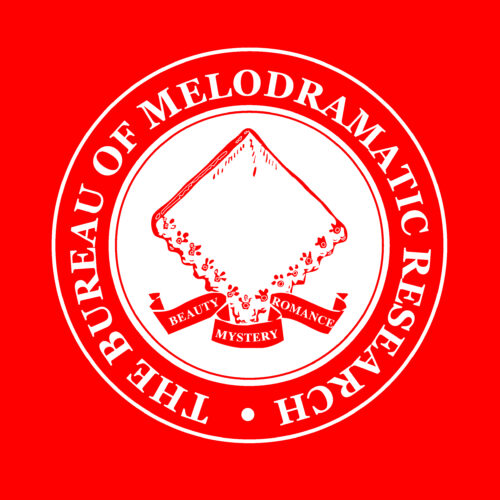
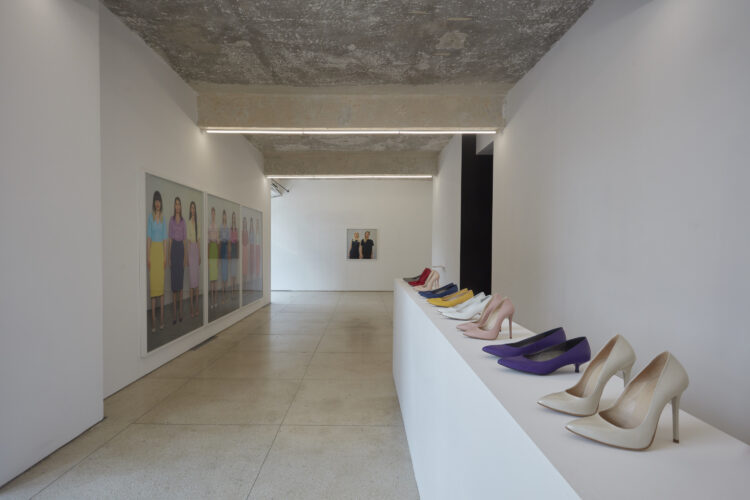
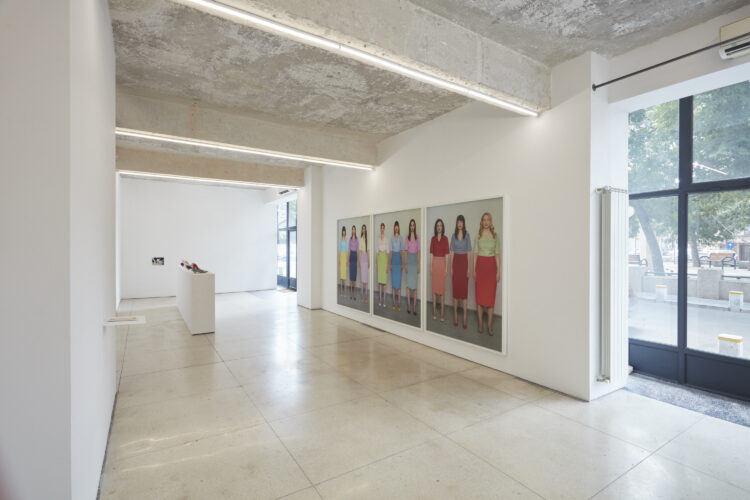
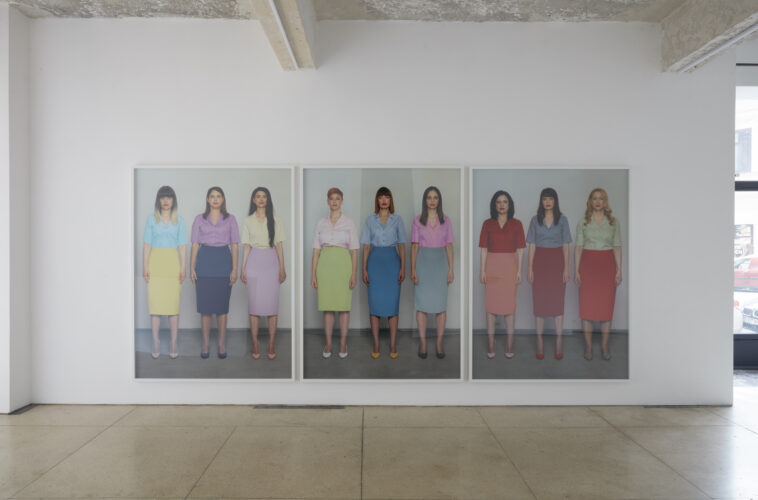
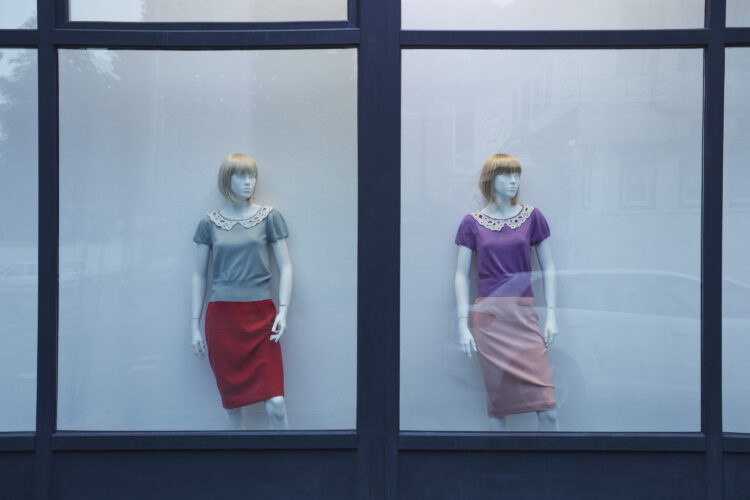
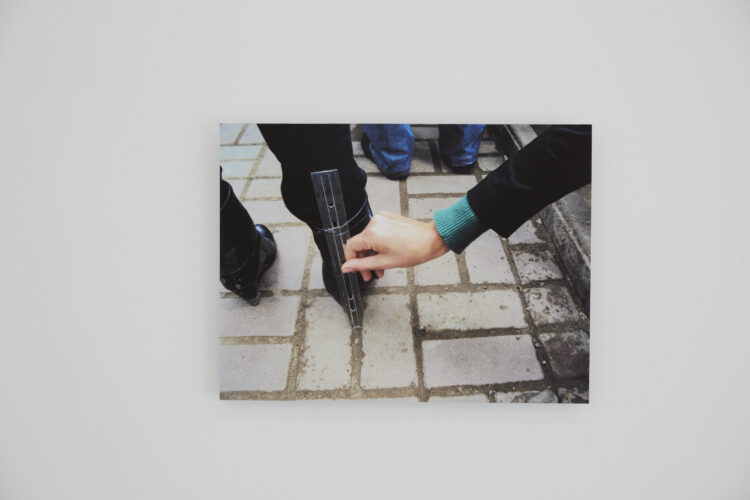
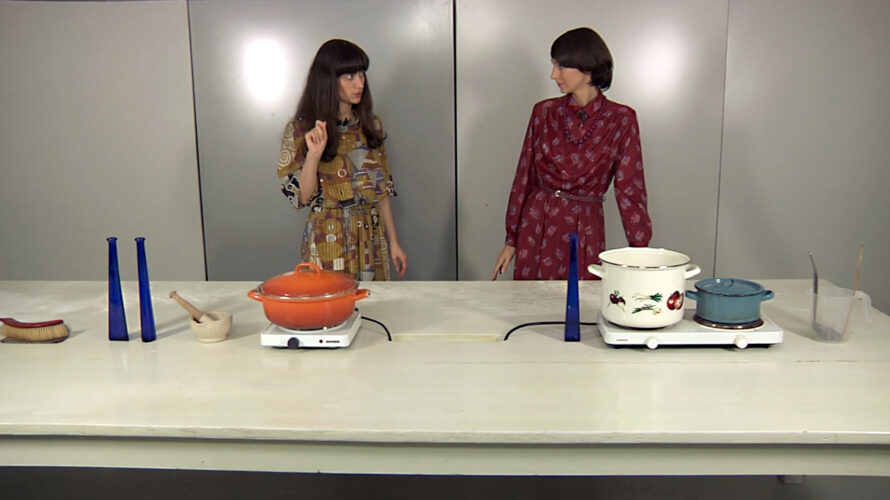
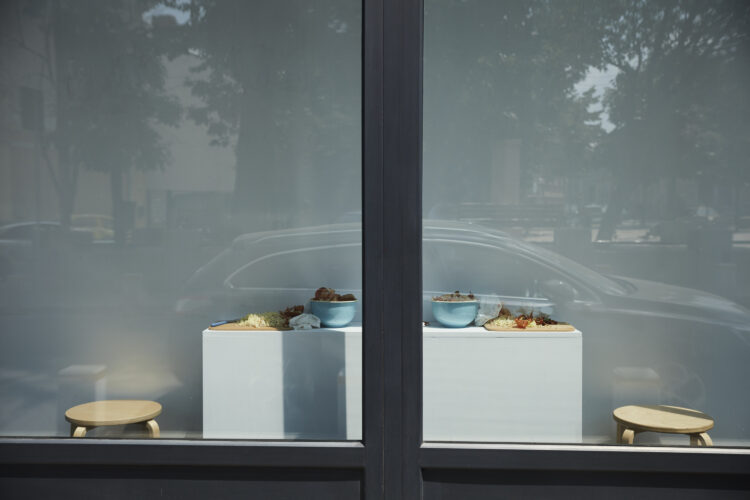
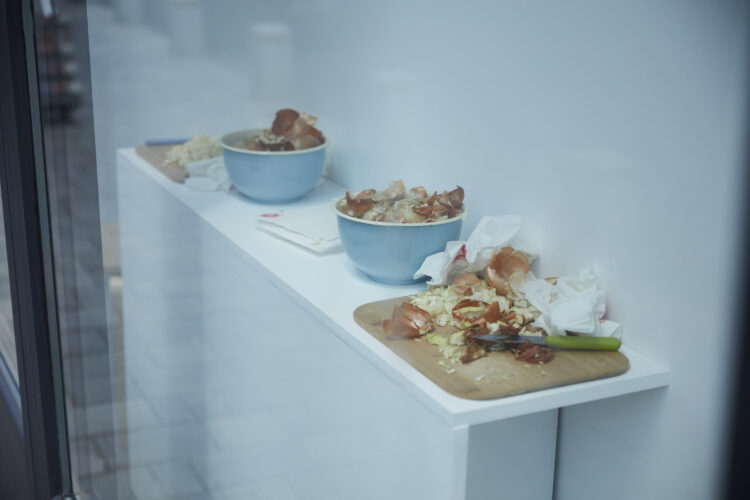
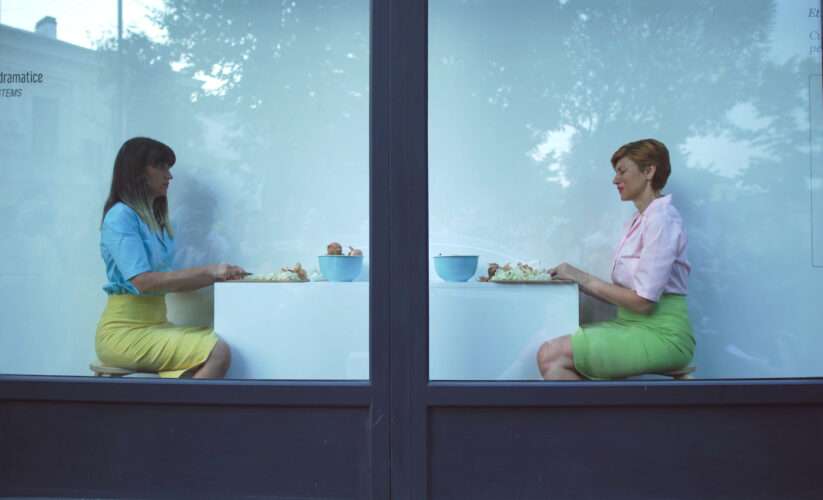
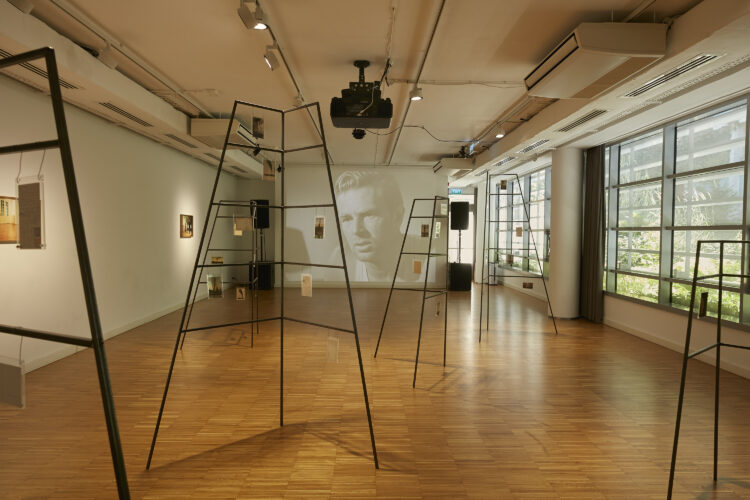
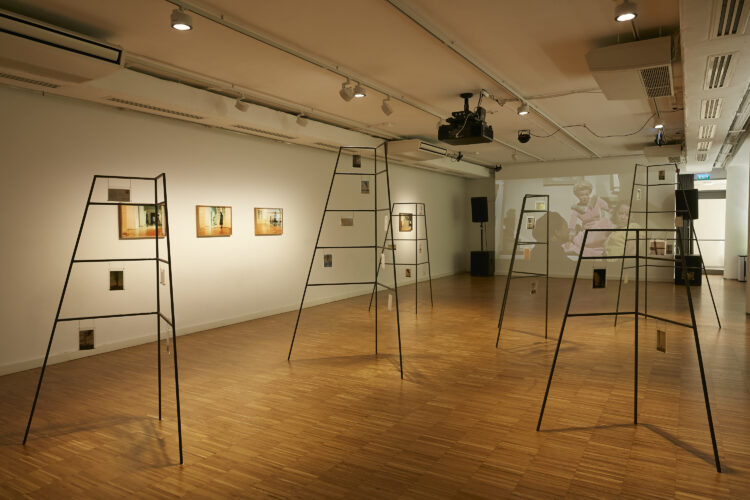
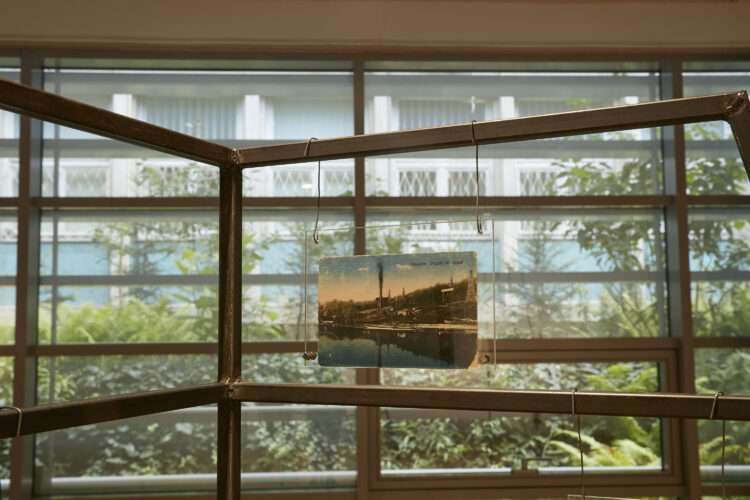

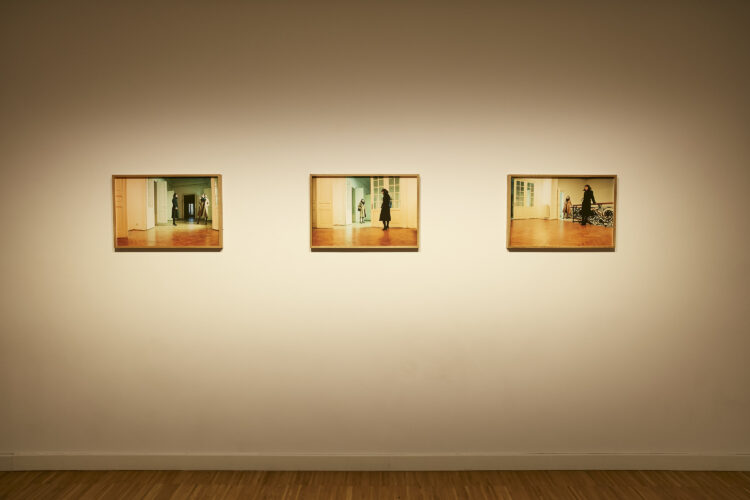

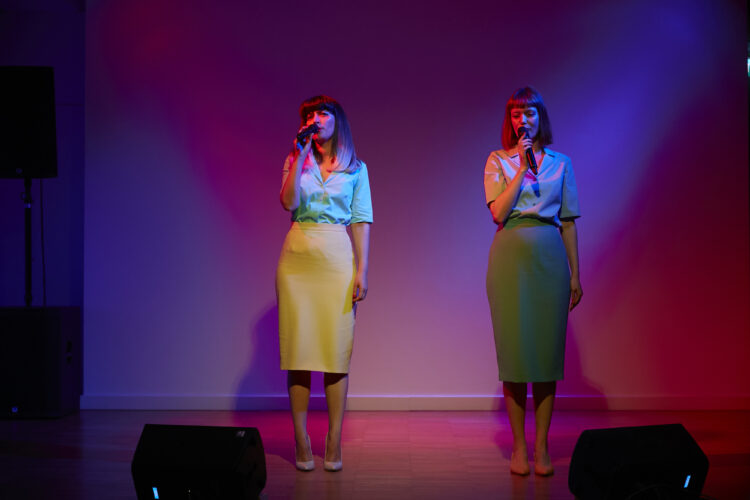
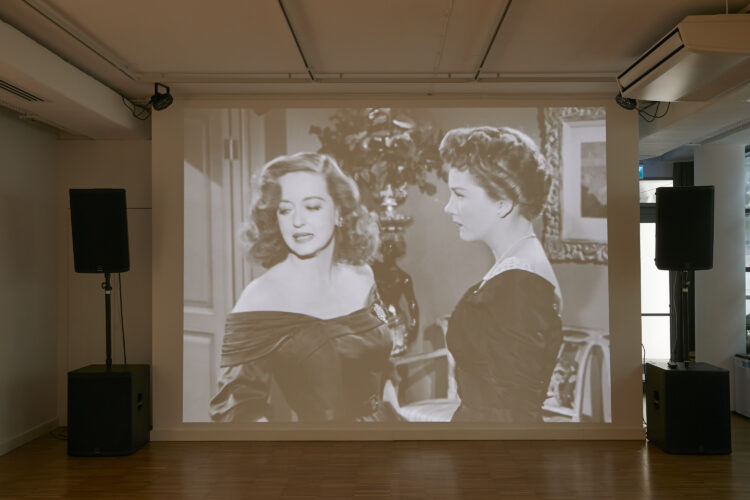
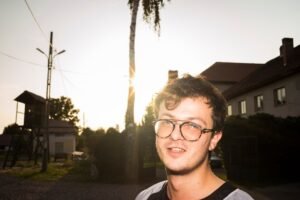
Comments are closed here.